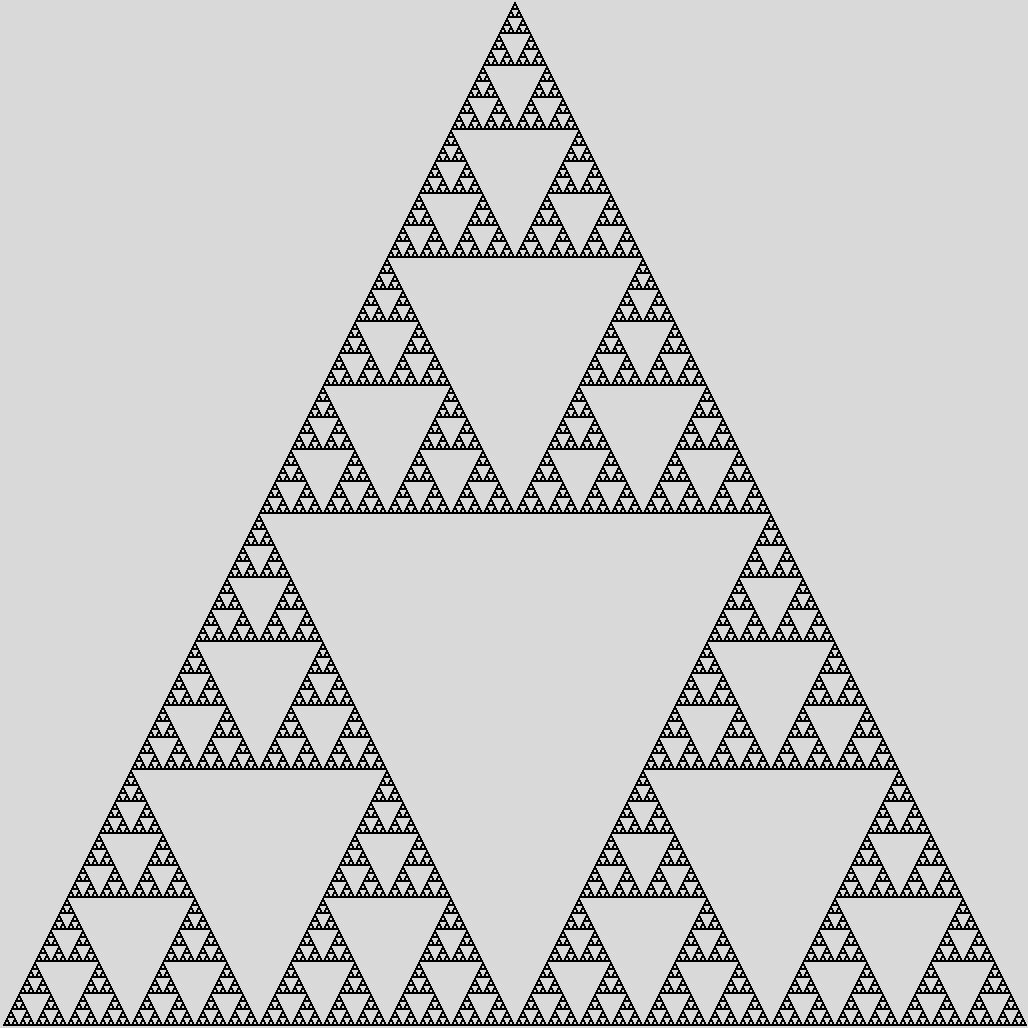The primary goal of this course is to become familiar with some of the basic mathematical ideas used in programming.
Reading:
Levin, 1.1, 1.2
Counting: Levin 1.1, on page 57
Counting subsets of {1, 2, ..., N}, Levin 1.2 on page 70
Wednesday
Probably the best way to understand counting all
k-element subsets of {1,2,...,n} is first to count the k-element sequences
(with no repeats),
using the multiplication principle, and then divide by k! because one set
of size k corresponds to k! sequences.
Levin does this in Section 1.3.
Recurrence relationships:
factorial: fact(1) = 1, fact(n+1) = (n+1)*fact(n)
fib(0) = fib(1) = 1, fib(n+1) = fib(n) + fib(n-1)
Now for C(n,k), or (n choose k). Let us define it to be n! / (n-k)!k!, or n*(n-1)*...*(n-k+1) / k!.
Claim: C(n,0) = C(n,n) = 1, C(n+1,k) = C(n,k) + C(n,k-1)
Claim: number of k-weight bitstrings of length n is equal to the number of k-sized subsets of {1,...,n}.
Proof: Natural one-to-one correspondence of bitstring s to {i<=n |
s(i) = 1}, that is, <0,1,1,0,0,0,1,0> matches to {2,3,7}
(wait, are bitstrings indexed starting at 0 or starting at 1?)
Recurrence relation for bitstrings: B(n,0) = B(n,n) = 1, B(n+1,k) = B(n,k) + B(n,k-1)
Therefore B(n,k) = C(n,k)
This is an alternative proof!
Pascal's triangle, using the recurrence rule
Binomial theorem: expansion of (x+y)n
Counting lattice paths: same as bitstrings, where 1 = horizontal and 0 = vertical
Pascal's Triangle
1
1 1
1 2 1
1 3 3 1
1 4 6 4 1
1 5 10 10 5 1
1 6 15 20 15 6 1
1 7 21 35 35 21
7 1
1 8
28 56 70 56 28 8 1
Pascal's triangle modulo 2:

See also here.
Counting the single value at the top as row 0 (so the row (1 3 3 1) is row 3), we can prove by induction that all entries in row 2n of Pascal's Triangle are odd, and therefore in the mod-2 version are all 1. From this we can then prove the repeating pattern evident above.